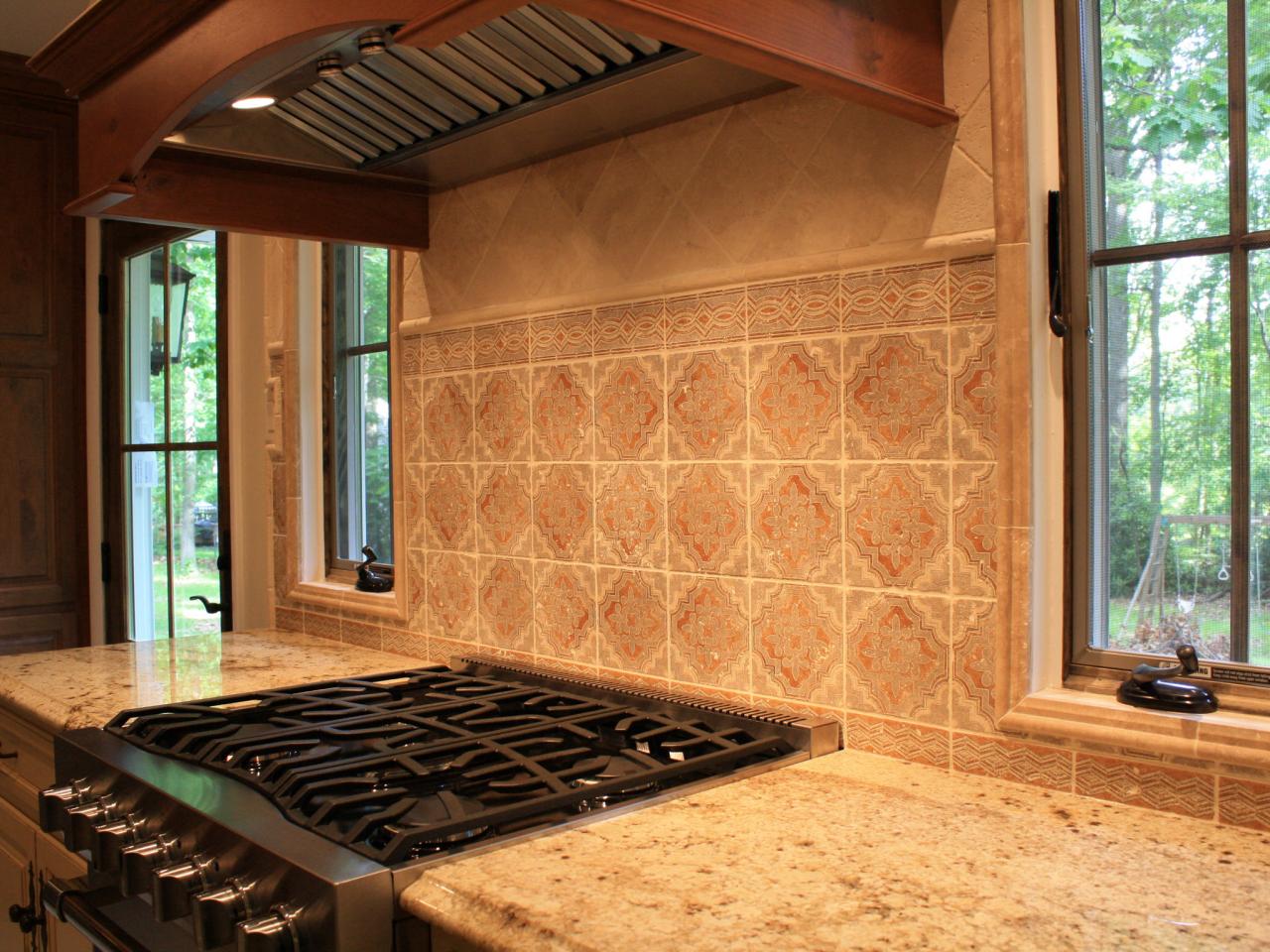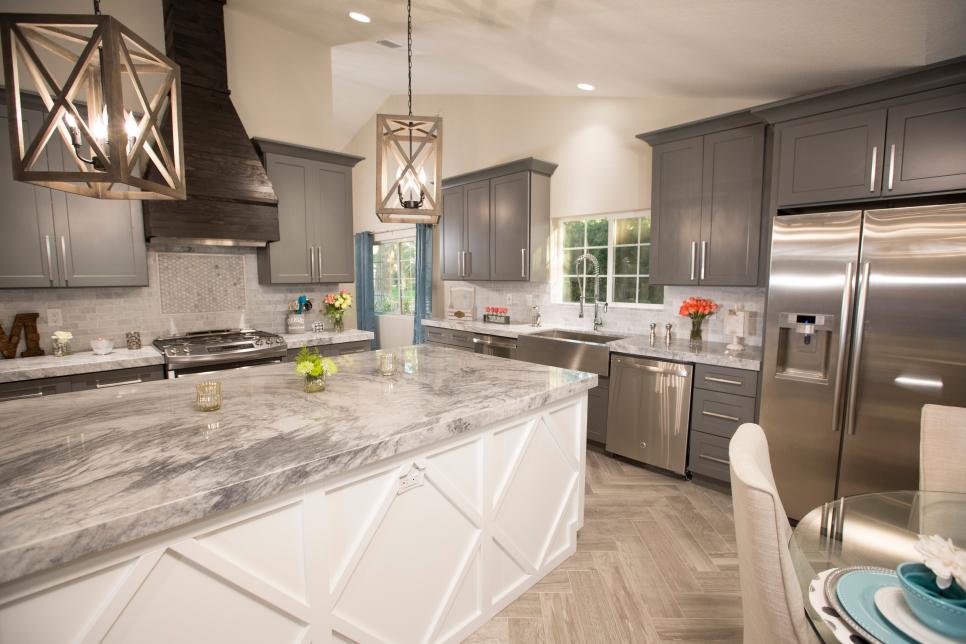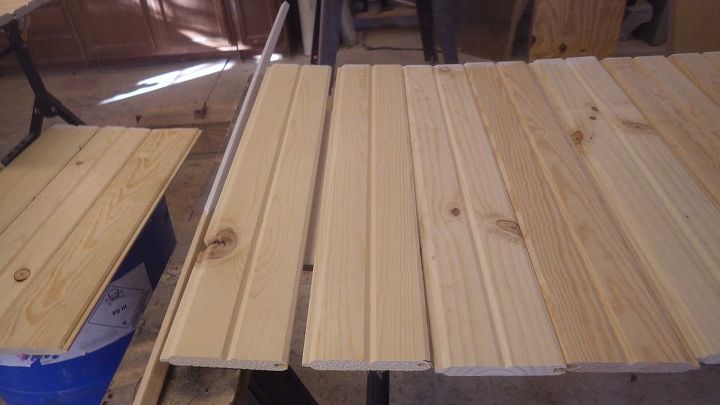Designing and building a kitchen island countertop can be a rewarding DIY project that adds functionality, aesthetic appeal, and value to your home. Kitchen islands serve as focal points, offering additional workspace, storage, and seating. The countertop is a crucial component, as it not only provides a surface for meal preparation and dining but also contributes significantly to the kitchen’s overall design. With a wide range of materials and styles available, DIY enthusiasts have the flexibility to create a custom countertop that suits their personal taste, kitchen layout, and budget. The key to a successful DIY kitchen island countertop project lies in careful planning, material selection, and execution.
When considering a DIY kitchen island countertop, the first step is to assess the available space and determine the island’s intended use. Will it primarily serve as a prep area, a dining spot, or a combination of both? Understanding the functionality will help you decide on the best materials and design features. For example, if you plan to use the island for heavy food preparation, a durable, easy-to-clean surface like butcher block or granite may be ideal. On the other hand, if the island will mainly be used for casual dining, you might opt for a more decorative surface like tiled or reclaimed wood.

Butcher block countertops are a popular DIY option due to their warm, natural appearance and practicality. Made from strips of wood bonded together, butcher block surfaces are sturdy and can withstand years of use. They are especially suited for food prep areas because they are gentle on knives and can be easily sanded down to remove scratches or stains. Installing a butcher block countertop is relatively straightforward, making it an accessible project for those with basic carpentry skills. The key steps involve measuring and cutting the wood to fit the island, securing it in place, and applying a food-safe finish to protect the surface.
Another great DIY option is a concrete countertop, which offers a modern, industrial look that is both durable and customizable. Concrete can be cast in any shape or size, allowing you to create a truly unique countertop for your kitchen island. You can even add color pigments or decorative aggregates to the mix for a personalized touch. The process involves building a mold, mixing and pouring the concrete, and then finishing the surface by sanding, polishing, and sealing it. While this option requires more effort and skill, the result is a highly durable and stylish countertop that can withstand heavy use and add a contemporary flair to your kitchen.

For those who prefer a more rustic or eco-friendly approach, reclaimed wood countertops are an excellent DIY option. Reclaimed wood, sourced from old barns, factories, or other structures, adds character and a sense of history to your kitchen. The natural imperfections and weathered appearance of reclaimed wood can make each countertop unique. To create a reclaimed wood countertop, you’ll need to carefully select and prepare the wood, ensuring it is clean, dry, and free from pests. After cutting and joining the wood to the desired size, the surface can be sanded and finished with a protective sealant. This type of countertop pairs well with farmhouse or rustic kitchen styles, offering warmth and texture.
Tile countertops are another versatile and customizable DIY option. Tiles come in a wide range of materials, colors, and patterns, allowing you to create a design that complements your kitchen’s décor. Ceramic, porcelain, and stone tiles are all durable options that can handle the wear and tear of kitchen use. The process involves measuring and cutting a plywood base, laying a cement backer board, and then adhering the tiles with mortar. Grouting and sealing the tiles ensure a long-lasting finish. Tile countertops are particularly well-suited for adding a splash of color or a decorative pattern to your kitchen island.

For a sleek, modern look, a stainless steel countertop might be the perfect DIY project. Stainless steel is durable, heat-resistant, and easy to clean, making it an ideal surface for busy kitchens. While working with metal requires some specialized tools and skills, a stainless steel countertop can be created by cutting and securing a sheet of stainless steel over a plywood base. The edges can be folded over and secured to create a seamless finish. Stainless steel countertops are often seen in professional kitchens due to their durability and hygiene, but they can also add a contemporary edge to a residential kitchen island.
Granite and marble countertops are luxury materials that are typically installed by professionals, but with the right tools and guidance, they can be tackled as a DIY project. These natural stones offer timeless beauty and exceptional durability. The process involves measuring and cutting the stone to fit the island, which requires precision and care. Polishing the edges and sealing the surface are also important steps to ensure the countertop is ready for use. While the materials and tools needed for granite or marble countertops can be expensive, the result is a stunning, high-end surface that will elevate the look of your kitchen.
If you’re looking for a more affordable and lightweight option, laminate countertops might be the way to go. Laminate is made of a thin layer of plastic bonded to particleboard or plywood, available in a wide variety of colors and patterns. It can mimic the look of more expensive materials like granite or wood at a fraction of the cost. Installing a laminate countertop involves cutting the material to size, securing it to the base, and finishing the edges with a matching strip. Laminate is easy to clean and maintain, making it a practical choice for families.

Another innovative DIY idea is creating a countertop using epoxy resin. Epoxy countertops have become increasingly popular due to their glossy finish, durability, and the ability to create custom designs. You can mix epoxy resin with color pigments, metallic powders, or even embed objects like coins or shells for a unique look. The process involves mixing and pouring the resin over a prepared base, then spreading it evenly to create a smooth surface. Once cured, the epoxy forms a hard, waterproof surface that is resistant to stains and scratches, making it ideal for kitchen use.
A concrete overlay countertop is a cost-effective way to achieve the look of concrete without the weight and expense of a solid concrete slab. This method involves applying a thin layer of concrete over an existing countertop surface, such as laminate or wood. The overlay can be smoothed and finished to create a polished, modern look. This option is particularly appealing for those looking to update their kitchen on a budget, as it requires minimal materials and can be completed in a relatively short time.
For a unique and artistic touch, consider a mosaic tile countertop. Mosaic tiles are small, colorful tiles that can be arranged in intricate patterns or designs. Creating a mosaic tile countertop involves planning the design, laying out the tiles, and adhering them to the countertop base with mortar. The process requires patience and attention to detail but can result in a stunning, one-of-a-kind surface. Mosaics are ideal for adding a pop of color or a personal touch to your kitchen island.
:max_bytes(150000):strip_icc()/marble-countertops-hero-5baa5bfe46e0fb0050b2255b.jpg)
If you prefer a minimalist and easy-to-maintain surface, consider a solid surface countertop made from materials like Corian or quartz. These materials are non-porous, resistant to stains and scratches, and available in a wide range of colors and finishes. While solid surface countertops are typically installed by professionals, DIY installation is possible with the right tools and guidance. The process involves cutting and fitting the material to the island, joining the seams with adhesive, and finishing the edges. The result is a seamless, durable countertop that is perfect for a modern kitchen.
For a truly budget-friendly DIY option, consider painting an existing countertop. With the right preparation and paint, you can transform an outdated countertop into a fresh, new surface. Epoxy or acrylic paints designed for countertops are durable and available in a variety of colors. The process involves thoroughly cleaning and sanding the existing countertop, applying a primer, and then painting the surface. A clear topcoat can be added for extra durability. This is a quick and affordable way to give your kitchen island a new look without the cost of replacing the entire countertop.
Last, if you’re looking for a natural, organic feel, consider a bamboo countertop. Bamboo is a renewable resource, making it an eco-friendly choice for your kitchen. It has a warm, natural appearance and is relatively easy to work with for DIY projects. Installing a bamboo countertop involves cutting the material to size, securing it to the island base, and finishing the surface with a protective sealant. Bamboo is resistant to moisture and can be maintained with regular cleaning and occasional oiling to keep it looking fresh.

Common Mistakes to Avoid:
When embarking on a DIY kitchen island countertop project, it’s important to avoid some common mistakes that can lead to unsatisfactory results or even costly repairs. One of the most frequent errors is inadequate preparation. Before starting the project, make sure you have all the necessary tools, materials, and measurements. Rushing into the project without proper planning can result in mistakes that are difficult to fix later on. Another common mistake is choosing a material that doesn’t suit your kitchen’s needs. For example, using a delicate material like marble in a high-traffic kitchen might lead to damage and disappointment.
Improper sealing is another mistake to watch out for, especially with materials like wood, concrete, and natural stone. Failing to seal the countertop correctly can result in stains, water damage, and even bacterial growth. Always follow the manufacturer’s recommendations for sealing and maintaining your chosen material. Additionally, neglecting to reinforce the base of the island can lead to structural issues, especially if you’re using a heavy material like granite or concrete. Make sure the island is sturdy enough to support the weight of the countertop.
Finally, be cautious when using power tools, especially if you’re not experienced with them. Cutting materials like wood, metal, or stone requires precision and the right equipment. If you’re unsure about any aspect of the project, it’s better to seek guidance or assistance rather than risk injury or damaging the materials. Taking the time to plan, prepare, and execute your project carefully will help ensure a successful outcome.

What is the best material for a DIY kitchen island countertop?
The best material for a DIY kitchen island countertop depends on your budget, style preference, and intended use. Butcher block is a popular choice for its warmth and durability, making it ideal for food prep areas. Concrete offers a modern, industrial look and can be customized with colors and textures. Reclaimed wood adds rustic charm, while tile provides versatility in design. For a sleek, contemporary look, stainless steel or epoxy resin might be the best option. Each material has its pros and cons, so it’s important to choose one that aligns with your needs and skills.
How difficult is it to install a DIY kitchen island countertop?
The difficulty of installing a DIY kitchen island countertop varies depending on the material and the complexity of the design. Simple projects like laminate or butcher block countertops are relatively easy and suitable for beginners with basic carpentry skills. More complex materials like concrete, stainless steel, or granite require more advanced skills, tools, and precision. If you’re confident in your abilities and have the right tools, many countertop projects can be tackled by a determined DIYer. However, if you’re unsure, it might be wise to seek assistance or start with a simpler project.
How do I maintain my DIY kitchen island countertop?
Maintenance depends on the material used for your DIY kitchen island countertop. For butcher block countertops, regular oiling is necessary to prevent drying and cracking. Concrete and natural stone countertops require sealing to protect against stains and moisture. Stainless steel should be cleaned with mild soap and water to avoid scratching, while laminate countertops can be wiped down with a non-abrasive cleaner. Epoxy and resin surfaces are durable but should be protected from sharp objects to prevent scratches. Regular cleaning and proper sealing will help extend the life of your countertop.

Can I replace my existing kitchen island countertop with a DIY project?
Yes, replacing an existing kitchen island countertop with a DIY project is entirely possible. Start by carefully removing the old countertop, taking care not to damage the island base. Once removed, you can measure and cut your new material to fit the existing island. The process for installing the new countertop will depend on the material you’ve chosen. Ensure that the island base is strong enough to support the new countertop, especially if you’re using a heavier material like granite or concrete.
What tools do I need for a DIY kitchen island countertop project?
The tools you’ll need depend on the material you choose. Basic tools include a tape measure, level, jigsaw or circular saw, clamps, drill, and screws. For more advanced projects, you may need additional tools like a wet saw (for cutting tile), a concrete mixer, a trowel (for applying concrete or grout), or a router (for shaping edges). Safety equipment, such as gloves, safety glasses, and a dust mask, is also important. It’s essential to have all the necessary tools on hand before starting your project to avoid delays and ensure a smooth process.
How do I choose the right finish for my DIY kitchen island countertop?
The right finish for your DIY kitchen island countertop depends on the material and the look you want to achieve. For wood countertops, a food-safe oil or varnish will protect the surface while enhancing the natural grain. Concrete countertops can be polished for a glossy finish or left matte for a more natural look, with a sealer applied to protect against stains. For tile countertops, a grout sealer is essential to prevent staining and water damage. Stainless steel can be brushed or polished, depending on your preference, while epoxy and resin surfaces typically have a glossy, durable finish. The finish not only protects the countertop but also adds to its aesthetic appeal.

Why We Adore Waterfall Islands In The Kitchen

Beautiful black and white kitchen features three vintage style glass and brass lights mounted

Snowfall Granite Island with Radius & Undermount Prep Sink Granite countertops kitchen

Related Posts:
- 60 Inch Kitchen Countertop
- Non Toxic Kitchen Countertops
- Kitchen Granite Countertop Photos
- Kitchen Base Cabinet With Countertop
- New Kitchen Cabinets And Countertops
- Oak Kitchen With Granite Countertops
- Super White Granite Kitchen Countertops
- How To Kitchen Countertops
- Quartz Kitchen Island Countertops
- Kitchen Countertop Shapes